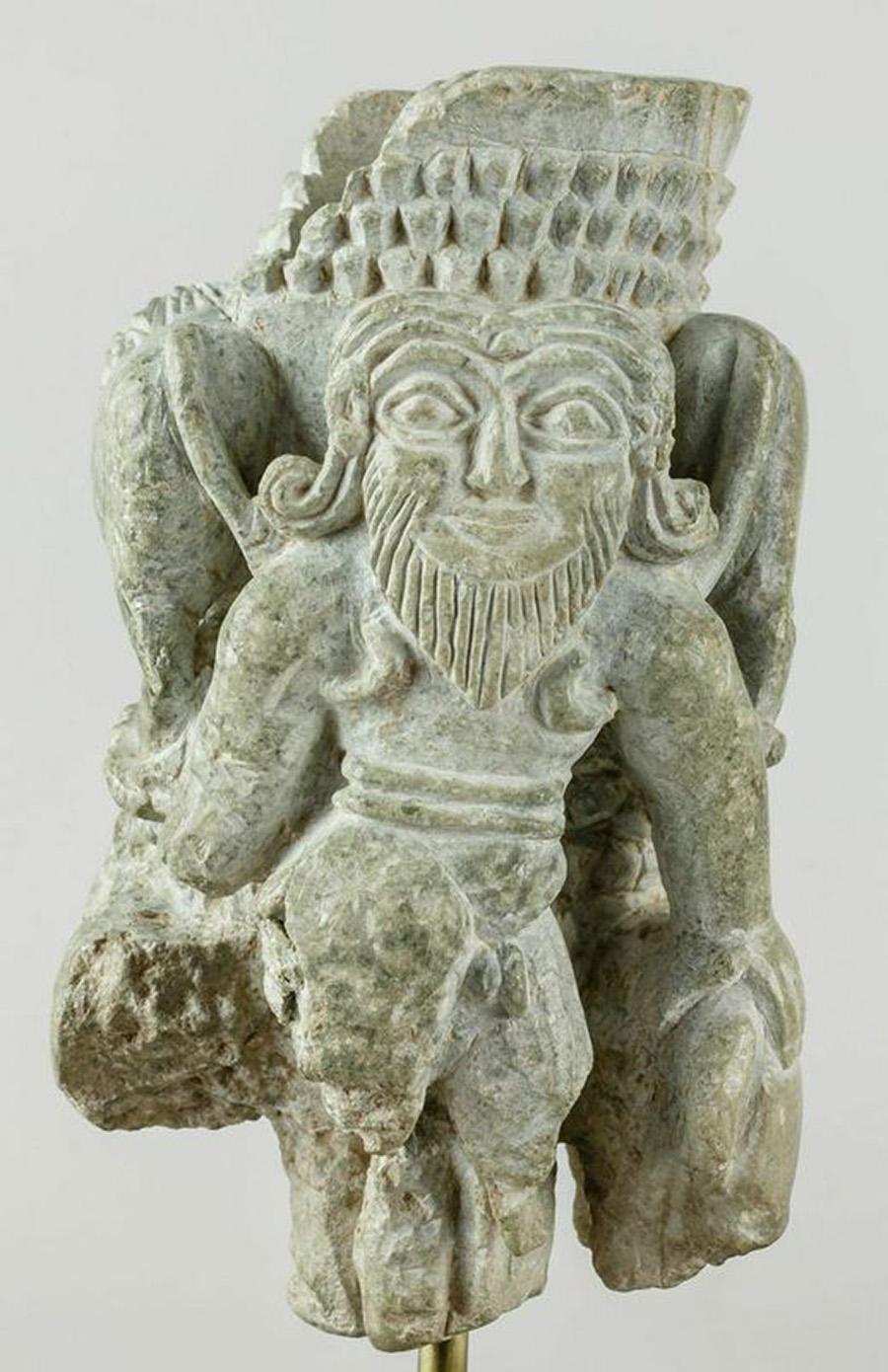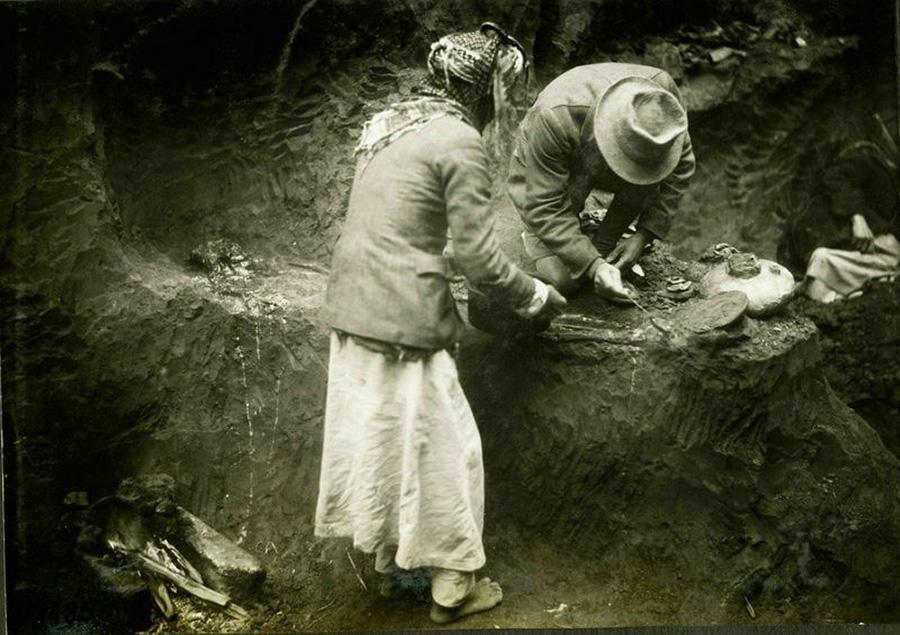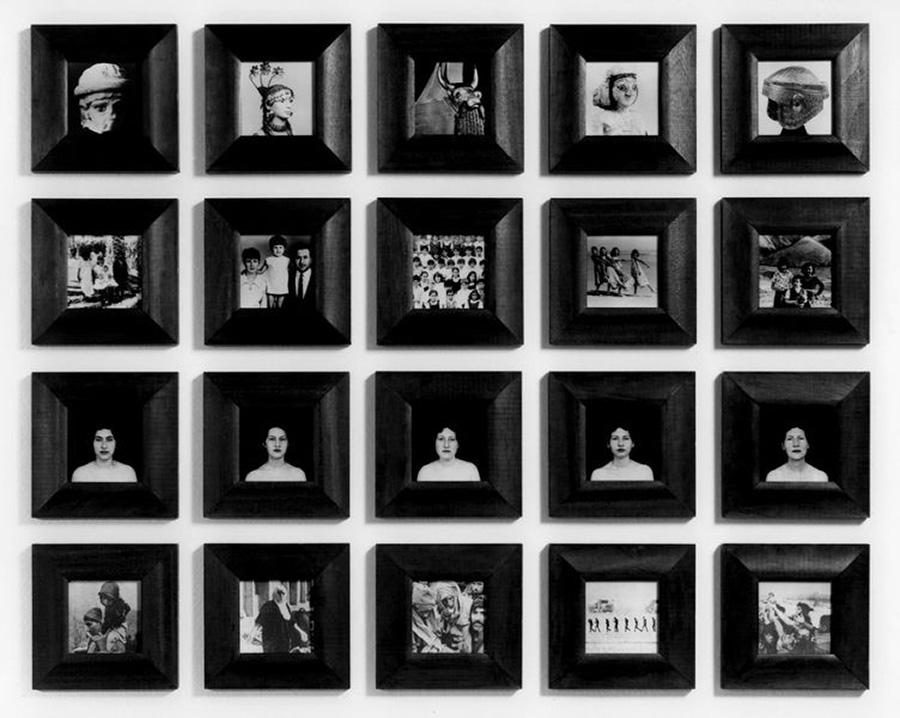Ancient objects become modern in new exhibit
Courtesy of Jananne al-Ani Estate
The new exhibition opens at Institute for the Study of the Ancient on Feb. 12 and features modern art pieces and the artifacts that inspire them.
February 8, 2015
“From Ancient to Modern: Archaeology and Aesthetics” examines how archaeological objects transform from artifacts into artwork. The exhibit opens this thursday at NYU’s Institute for the Study of the Ancient World.
ISAW is a center that focuses on scholarly research and graduate education at NYU. Its primary focus is to create connections and comparisons to the ancient world. With “From Ancient to Modern: Archaeology and Aesthetics,” ISAW will present 50 Mesopotamian objects and over 100 documents, drawings and photographs from present-day Iraq.

Jennifer Chi, ISAW director of exhibitions and chief curator, and Pedro Azara, professor of aesthetics and theory of art at Polytechnic University of Catalonia, curated this avant-garde exhibition with assistance from the University of Pennsylvania Museum of Archaeology and Anthropology.
Apart from the other exhibitions at ISAW, this project gives us a different outlook on archaeology by presenting 10 modern works of art to go along with the ancient artifacts.This inclusion is a first for ISAW and shows the ongoing influence and impact of archaeological artifacts in our present-day lives.
“All ISAW exhibitions stand at the intersection of archaeology, art and ideas, and this is no different,” Chi said. “What distinguishes this show is the fact that it is as much about the endeavor of archaeology as it is about the objects that archaeologists have unearthed.”
Chi hopes that the exhibit will put archeology into a more animated perspective.
“We want visitors to the show to leave with an understanding of archaeology as a living, ever-changing endeavor,” Chi said. “We hope that the exhibition will demonstrate that the way we look at archaeological artifacts is not static, but that ‘biographies’ for such artifacts continue to be written and rewritten.”

The exhibit emphasizes that archaeology is more than just antiquity. Sebastian Heath, a Clinical Assistant Professor of Ancient Studies at NYU, agrees that the in the field of archeology has extended from the likes of ancient Mesopotamia to encompass cities like New York City.
“The power of this exhibit is that it reminds both experts and the public that archaeology can create active connections to the past and inspire us to think about the modern world,” Heath said. “Any approach that makes the past more relevant to our current lives is very welcome.”
A version of this article appeared in the Monday, Feb. 9 print edition. Email Nikita Metharamani at [email protected].
























































































































































